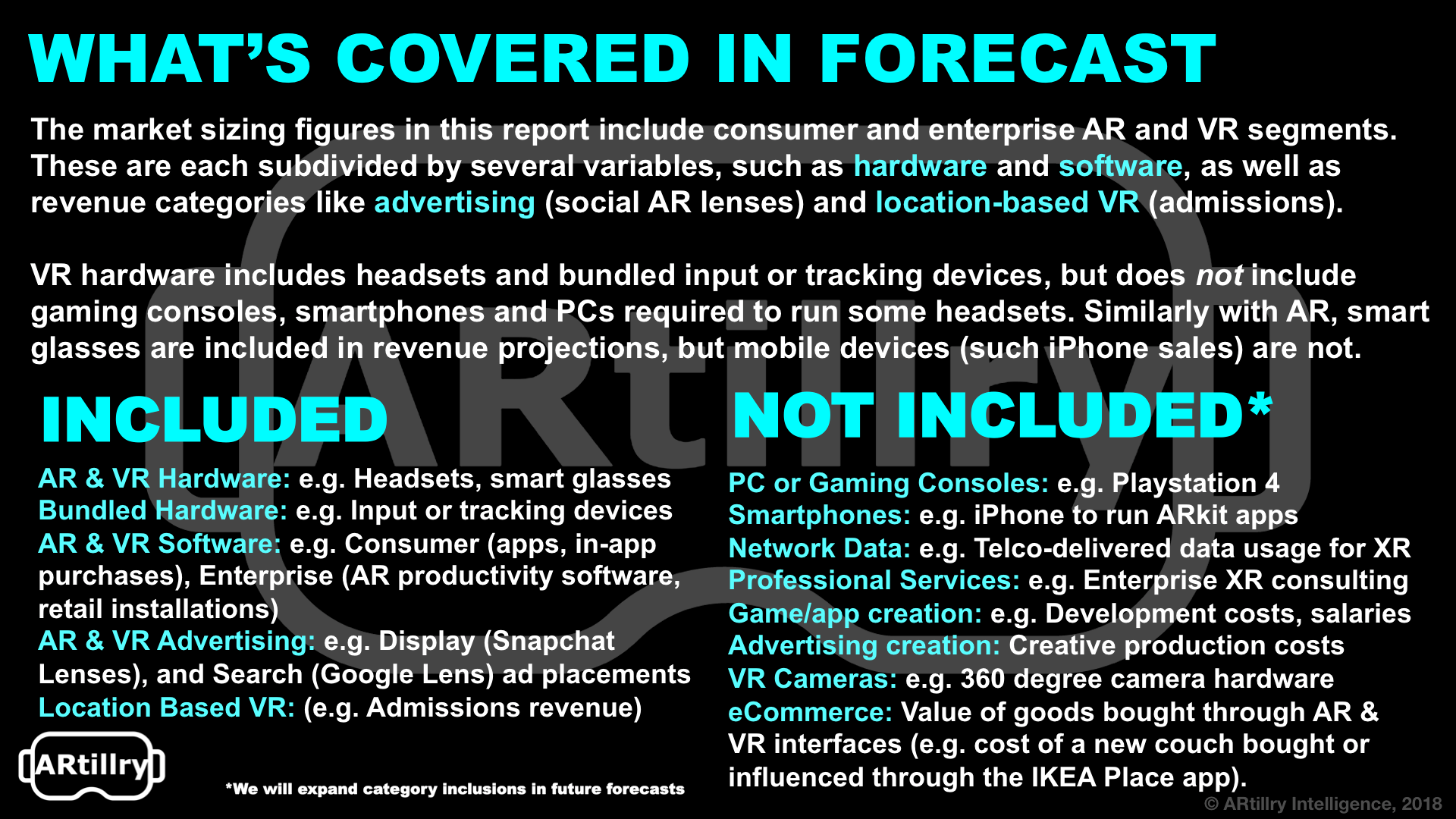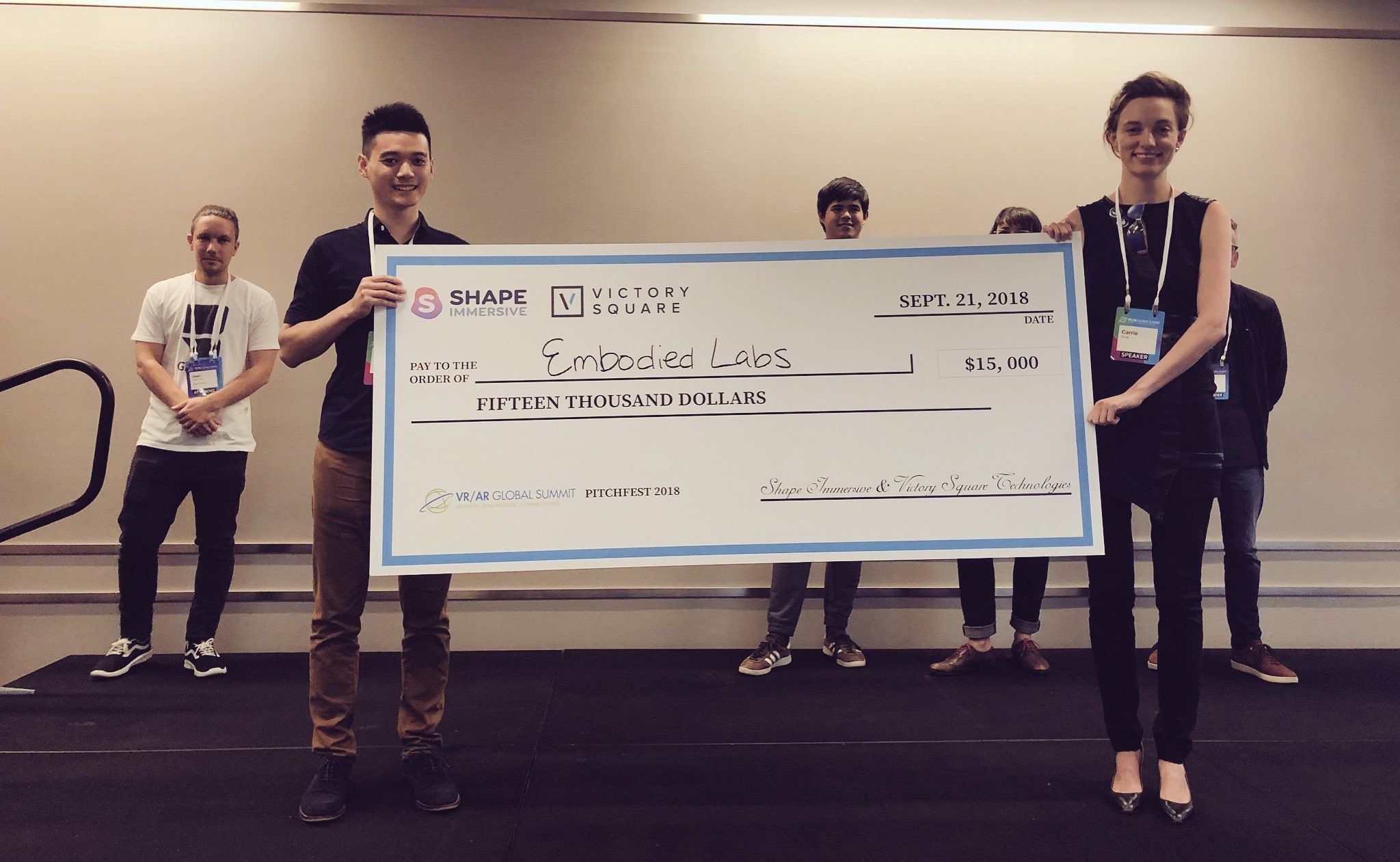For a copy of the Survey, email info@thevrara.com
The XR Industry Survey 2018, based on a survey of 595 AR/VR professionals, reveals some interesting trends for the industry, some of them expected, others more surprising.
The patterns of investment and development in the different sectors which AR/VR are applicable – or potentially applicable – to, show the increasing applicability of this technology beyond the games and entertainment fields that saw its birth in the nineties. 38% of respondents for example believe VR growth in the enterprise sector has been ‘strong’ or ‘very strong’ for example, with an equivalent figure of 43% for AR.
At the same time however, some industries’ slowness to recognise the potential of AR/VR suggests that many still assume it has no serious role outside the games console.
The first point to take home is that the consumer sector (entertainment) and the enterprise sector (product design, training, product design and so forth) have experienced similar amounts of growth but the majority consensus is that this growth has been weaker than hoped in the consumer category. Enterprise seems to have experienced marginally more growth than consumer; this may be because entertainment applications still depend on the purchase and use of head-sets which remain relatively expensive and unwieldy. Doubtless, this will change as the technology is refined and the time when VR images are beamed directly on to the retina is surely not far off; the basic technology having been around for over twenty years.
Alongside unwieldy technology, price also remains an issue, with 60% of respondents considering the price of head-mounted displays (HMDs) to be impeding increased adoption of VR/AR, compared to 34% who cited size and design of HMDs.
Alongside these challenges the survey also suggests some companies have pulled out of VR game development for the moment and mobile AR apps have yet to really take off, largely due to the costs considerations mentioned above.
The flipside of this is that there seems to be the greatest scope for growth in the enterprise sector because corporations are more able to invest in the expensive hardware than individuals. Education is the enterprise sector prioritizing AR/VR the most and the most competitive one, despite the fact that it traditionally has much less spending power than industry – of respondents who reported that they are already using XR technologies, 23% were in the education sector.
Architecture/engineering/construction come a close second at 18%. Healthcare is quite low down on the list despite the obvious AR/VR potential in diagnosis and therapy, with just 7% of those using this technology being in the healthcare sector.
These mixed messages give rise to the question, what are the main barriers to the wholesale embrace of AR/VR predicted in the nineties?
While headset design and price account for part of the problem, potential adopters are also deterred by the lack of proof of ROI (with half of respondents citing this as an issue) and the challenge of integrating the technology with existing systems and processes (32% raising concerns).
The survey also reveals an industry expectation that AR will blossom in the mainstream before VR does, in part because of the availability of open content development platforms like ARCore and ARKit which have no VR counterparts.
Nevertheless, many industries see the benefit in the long term coming from combining both AR and VR and VR’s superior ability to create a fully immersive environment currently gives it the edge in training and educational applications.
Most survey respondents felt that AR/VR had had a somewhat or very positive effect on their business with VR just ahead in their estimation (83% compared to AR’s 69%), probably because the underlying technology is more mature.
The results of the latest survey are illuminating but also contradictory in places and it is difficult to extrapolate from it exactly what form future trends will take. One thing is clear however. Many potential customers – both industry and consumer – still remain to be convinced of the benefits of AR/VR or are just apathetic. To generate further momentum in this nascent industry, suppliers will have to invest more in product development and marketing to win them over. On the plus side however, this should pay dividends down the line for early adopters, especially if intellectual property can be developed to create significant barriers to entry for late comers. Most end users who trial the technology quickly see the benefit and invest in it. There are a lot of potential customers out there to be won over.
Simon Portman BA, Dip Law (Bio)
Managing Associate































